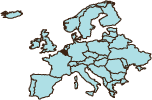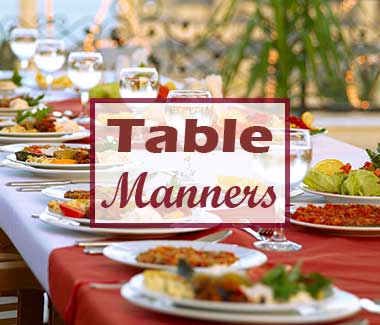Belgian Etiquette
international dining etiquette
Dining etiquette for toasts. The most common toasts are salud, or a votre sant é in French-speaking Belgium and gezondheid in Flemish-speaking Belgium. Maintain direct eye contact from the moment the glass is raised to the moment it is placed back down on the table.
table manners
Dining etiquette for utensils. The knife remains in the right hand, and the fork remains in the left. When the meal is finished, the knife and fork are laid parallel to each other horizontally across the top half of the plate, with the tines of the fork pointing to the left. Dining etiquette for the place setting. Always start from the outside and work your way in, course by course. There will be separate glasses provided at your setting for water and white and red wine.
Dining etiquette for your hands. your hands are expected to be visible above the table: this means that you do not keep them in your lap.
Dining etiquette for passing food. Pass all dishes to your left. Salt and pepper shakers or holders should be passed so that the receiving person takes them directly; do not place them down on the table first. Dining etiquette for bread. If there is no bread plate, place bread on the left side rim of your main plate.
Dining etiquette for seating. The most honored position is either at the head of the table or in the center, with the most important guests seated first to the left and then to the light of the head of the table. If there is a hosting couple, one will be seated at each end of the table. The male guest of honor sits to the right of the hostess, and the female guest of honor sits to the right of the host.
Dining etiquette for tipping. Service charges and value-added taxes are included in most bills (usually 15 percent), so tipping is not expected or necessary.
It is not necessary to tip a sommelier or wine steward.



